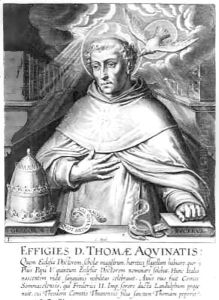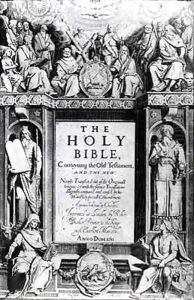Cornelis Boel Paintings
Cornelis Boel was a Flemish engraver born in 1576, during a time when the Low Countries were experiencing significant social, political, and cultural changes. The late 16th and early 17th centuries, often referred to as the Dutch Golden Age, were marked by a flourishing of arts and sciences in the region, and Boel emerged as a notable figure within this vibrant artistic milieu. He was part of a family of artists; his father, Jan Boel, was also an engraver, and his brother, Quirin Boel, was a painter and engraver, indicating that artistic talent ran in the family. This familial background provided Cornelis with an environment rich in artistic training and inspiration from an early age.
Boel's work is characterized by its intricate detail and the skillful use of the engraving technique, which involves incising a design onto a hard surface by cutting grooves into it. This was a popular method for producing prints during the Renaissance and Baroque periods, allowing for the wide dissemination of artworks among the public. Cornelis Boel specialized in reproducing paintings by prominent artists of his time, such as Peter Paul Rubens, thereby playing a crucial role in the spread of the Baroque style across Europe. His engravings served not only as artworks in their own right but also as a means of sharing the visual culture of the Low Countries with a broader audience.
Despite the significance of his contributions to the art world, detailed records of Boel's life are relatively scarce, and much of what is known about him comes from the study of his works and their impact. He is believed to have spent most of his career in Antwerp, a major center for the arts in the 16th and 17th centuries, which attracted artists and intellectuals from across Europe. Boel's engravings, with their meticulous attention to detail and faithful adherence to the styles of the original paintings, are considered important examples of Flemish Baroque printmaking.
Cornelis Boel died in 1621, leaving behind a legacy of work that continues to be studied and admired for its technical proficiency and artistic beauty. Through his engravings, he contributed to the preservation and dissemination of Baroque art, ensuring that the achievements of this period in European art history would be appreciated by future generations. His works remain a testament to the skill and dedication of Flemish engravers during the Golden Age of Dutch and Flemish art.

